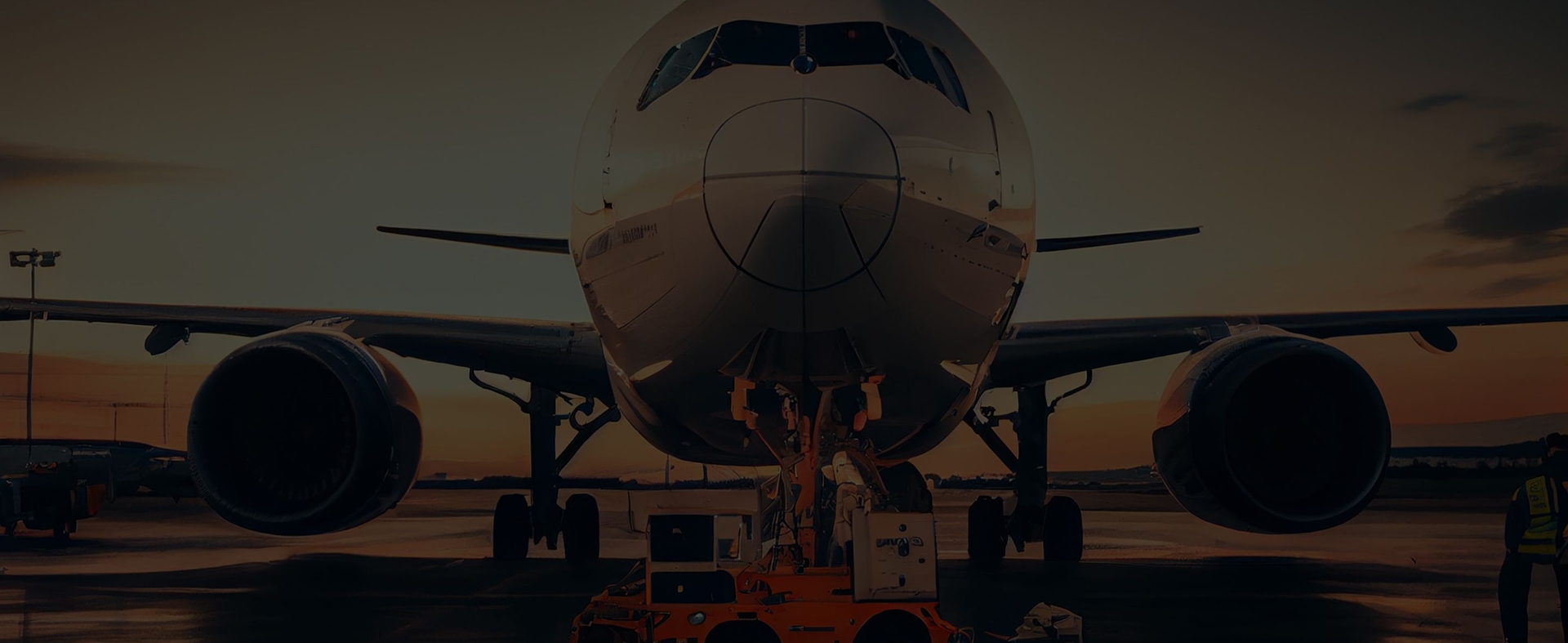
A Beginner's Guide to IATA Regulations Every Shipper Must Know



Meta description: Stay compliant and avoid costly delays with this straightforward guide-from packaging and labeling to documentation and handling dangerous goods.
If your business relies on air freight to move goods internationally or regionally, understanding safety and compliance rules isn't just helpful-it's critical. Air freight is governed by strict international standards that ensure cargo, crews, and aircraft are kept safe. The most important of these are the IATA regulations.
IATA, or the International Air Transport Association, sets the global standard for air freight regulations. For small to mid-sized businesses (SMEs), unfamiliarity with these rules can lead to costly shipment delays, penalties, or outright rejection. This guide breaks down the IATA rules for shippers in simple terms and offers practical steps SMEs can take to stay compliant without increasing complexity.
What is IATA and Why do its Regulations Matter?
The International Air Transport Association (IATA) represents major airlines worldwide and is responsible for establishing uniform safety and handling standards across the air cargo industry. IATA's goal is to ensure that all goods transported by air are packed, labeled, documented, and handled in ways that protect both people and aircraft.
Airlines, airport authorities, and customs officials worldwide enforce IATA air cargo regulations. As a shipper, your packaging, labeling, and documentation must meet IATA guidelines to be accepted for transport. Non-compliance doesn't just cause delays-it puts your shipment and others at risk and can impact your ability to ship with certain carriers in the future.
Key IATA Regulations Every Shipper Should Understand
Whether you're sending general cargo or specialized goods, here are the major categories of IATA shipping guidelines to know:
1. Dangerous Goods (DG) Regulations
IATA provides strict guidelines on how hazardous materials-including batteries, chemicals, aerosols, and flammable items-must be handled.
- All dangerous goods (DG) must be correctly classified and assigned a UN number.
- Packaging must be certified for the type and volume of the contents.
- Shipments must include a Dangerous Goods Declaration (DGD).
- Anyone handling DG must complete IATA-approved training.
Failure to follow DG regulations can result in rejected cargo, regulatory fines, or, worse, safety risks during flight.
2. Packaging Requirements and Material Standards
Proper packaging protects cargo and prevents damage during handling or flight. IATA sets rules for:
- Package strength, cushioning, and sealing requirements
- Moisture and pressure resistance, especially for temperature-sensitive or high-altitude transport
- Overpack labeling when consolidating multiple boxes
IATA also publishes guidance on reusable containers, temperature-controlled packaging, and IATA packaging requirements for DG.
3. Labeling and Marking Rules
Every shipment must include standardized markings to indicate content type and handling instructions.
- Labels for hazardous materials, fragile items, perishable goods, and "this side up" handling
- UN numbers and hazard class labels for DG
- Language and placement must follow IATA guidelines
Accurate labeling ensures cargo is appropriately handled and cleared without delay. Incomplete or incorrect labels often lead to inspection holds.
4. Documentation Requirements
Clear documentation is essential for legal compliance, cargo tracking, and acceptance at the airport.
- Air Waybill (AWB): the contract between shipper and carrier
- Dangerous Goods Declaration (DGD): for DG shipments
- Special permits or certificates: for restricted or controlled items
- Packing lists and commercial invoices: for customs clearance
Consistent and accurate documents help avoid errors, repacking, or denial at check-in.
5. Weight, Size, and Handling Restrictions
Aircraft have limited space and weight capacity. IATA requires all cargo to meet:
- Maximum gross and dimensional weight limits
- Balanced weight distribution
- Proper securing to avoid shifting during flight
Cargo that exceeds limits can be delayed, rejected, or incur significant additional charges. Freight forwarders can help calculate dimensional weight and optimize pallet configurations.
6. Security and Screening Procedures
To prevent unlawful interference, all air cargo must undergo screening.
- Screening may involve X-ray, Explosive Trace Detection (ETD), or manual inspection.
- Clear documentation and compliant packaging help speed up this process.
- Avoid using opaque wrapping or unclear labels that may trigger extra checks.
These IATA compliance requirements are part of international aviation security protocols and apply to all shipments.
Staying Compliant: What Shippers Can Do
For SMEs, IATA's regulatory language can feel overwhelming. The good news? You don't have to navigate it alone.
Here's how to simplify IATA compliance:
- Train your staff: Ensure your team understands DG classification, labeling, and documentation.
- Use certified suppliers: Work with packaging vendors who offer IATA-compliant materials.
- Choose experienced partners: Freight forwarders and logistics providers often handle compliance steps for you.
- Stay up to date: IATA updates its rules annually. Subscribe to updates or check in with your logistics provider.
- Audit your processes: Regularly review your documentation, packaging practices, and staff knowledge to catch issues early.
Understanding the difference between your responsibilities and your freight partner's role can prevent confusion. Shippers are typically responsible for:
- Providing accurate cargo details
- Using approved packaging and labels
- Ensuring proper documentation
Freight forwarders usually handle:
- Booking cargo space
- Coordinating pickup and delivery
- Advising on regulatory requirements
Final Thoughts
If your business relies on air freight, knowing the IATA regulations isn't just a compliance requirement-it's a business advantage. From IATA packaging requirements to IATA labeling rules, following the right procedures helps you avoid costly mistakes and keep your goods moving efficiently across borders.
Start small: Review your current practices, train your team, and partner with providers who know the regulations inside and out. With a few smart steps, IATA compliance can become part of your everyday shipping process-and not a source of stress.
Ready to ship with confidence and compliance? Contact us today to get expert support with IATA regulations and air freight operations.
- 1. What is IATA and Why do its Regulations Matter?
- 2. Key IATA Regulations Every Shipper Should Understand1. Dangerous Goods (DG) Regulations2. Packaging Requirements and Material Standards3. Labeling and Marking Rules4. Documentation Requirements5. Weight, Size, and Handling Restrictions6. Security and Screening Procedures
- 3. Staying Compliant: What Shippers Can Do
- 4. Final Thoughts
Related Articles

Eco-Friendly Packaging for Air Freight: Reduce Costs & Emissions

